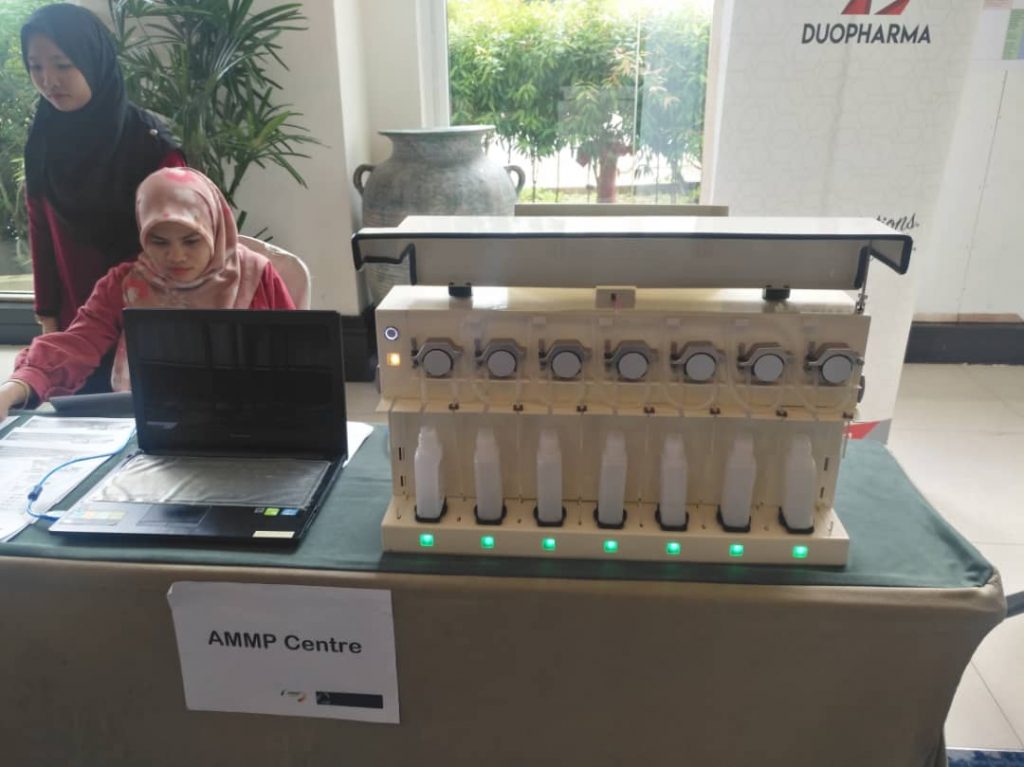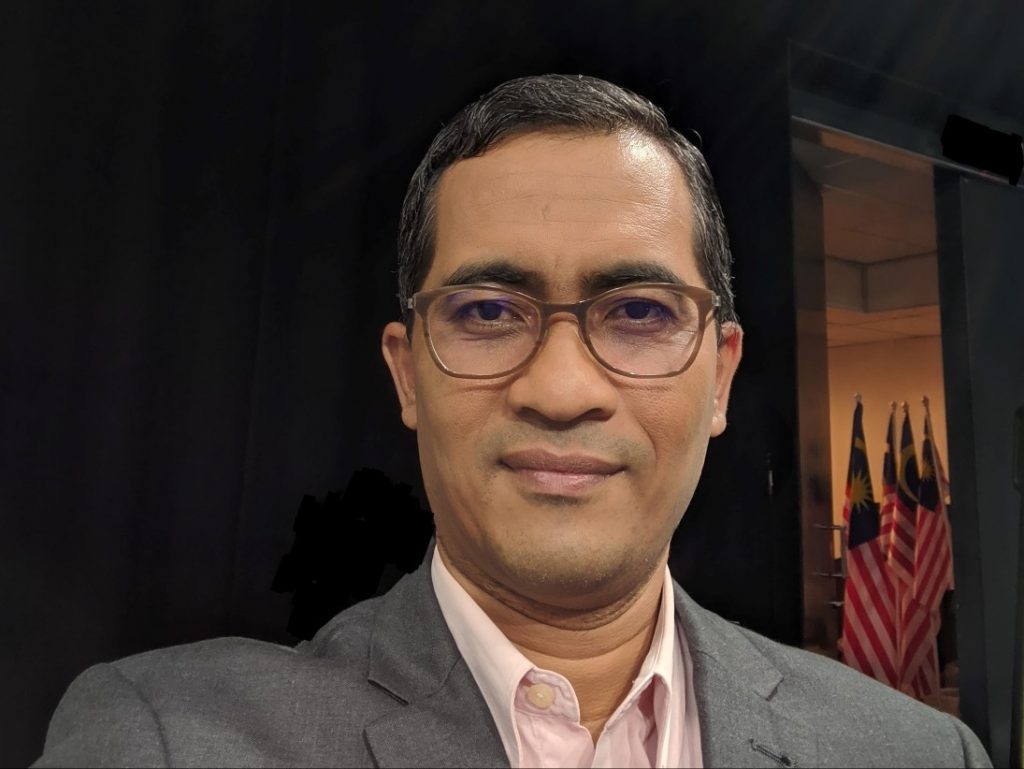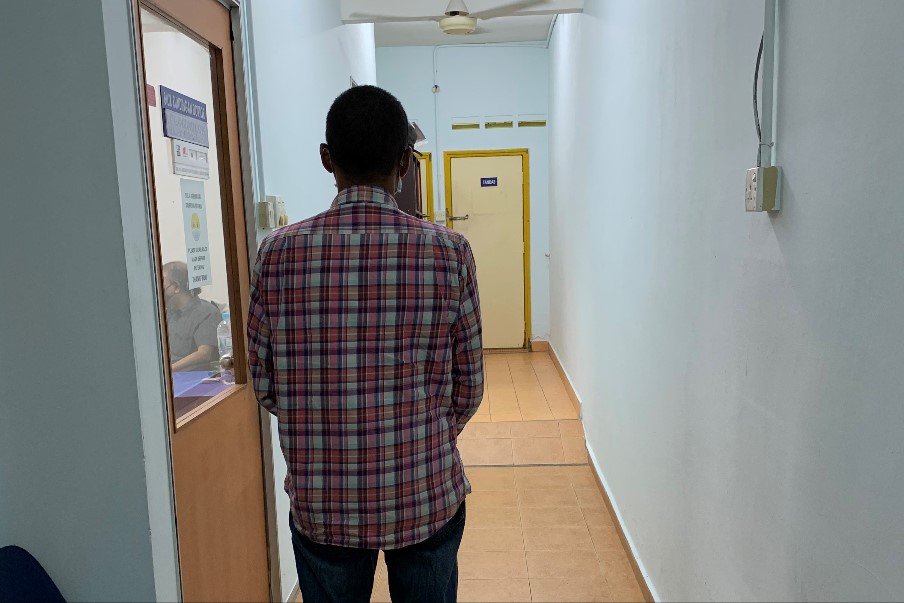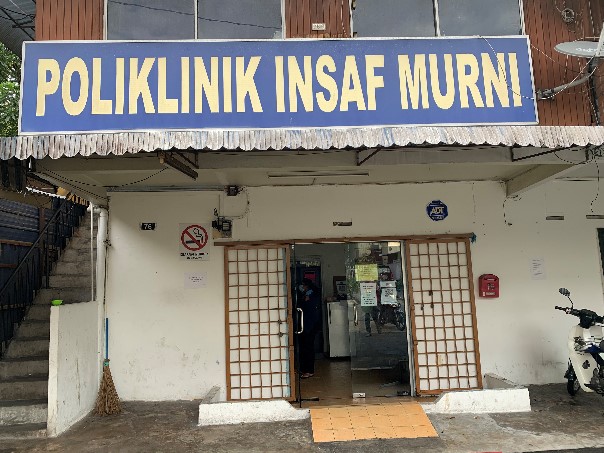KUALA LUMPUR, Dec 11 — Methadone patients want to decrease doses or even wean off their treatment for drug addiction, ironically, when they’re allowed to take home a bigger supply of methadone, a University Malaya project showed.
The Harapan project by the public university is a unique low-regulation programme that allows methadone patients to take home one week’s methadone supply, unlike highly regulated programmes at Ministry of Health (MOH) clinics that usually only give patients a maximum of two to three days worth of methadone to take home.
Besides that, patients receiving methadone at public health clinics are also required to be present at the clinic every day, only between the working hours of 8am and 10am, to consume their medication in front of a trained pharmacist.
The 10-year-old Harapan project by UM, partnering with MOH, the Centre for Excellence for Research in AIDS (CERiA), and Poliklinik Insaf Murni, has developed a low-threshold methadone module that was implemented on all methadone patients in their project.
All their patients, over 90 of them, are allowed a one-week take-home dose and they do not need to be present daily at the clinic, Poliklinik Insaf Murni in Kampung Baru, Kuala Lumpur, to consume their methadone doses.
A 47-year-old methadone patient, who works as a mechanic, said that it would be difficult for him to visit a clinic every day to consume his daily methadone dose.
“We are all working, so over here, it is easy. I just need to come once a week to collect my supply of methadone,” the patient told CodeBlue.
“At my workplace, we use the thumbprint system. Even now, every week, I go in one day late to work because I have to collect my methadone dose. Imagine if it’s everyday, my big boss will definitely ask. They don’t know I am taking methadone, but I say I have to go to the hospital.”
Another patient, a 45-year-old small business owner, said that he prefers the low-regulated module, which enables him to get a one-week supply of methadone as he lives in Shah Alam, which is about half an hour away from the clinic.
“If I have to come every day, it will be very hard.”
His first turning point was over 10 years ago, when he was caught by the police and was asked to go to a detox centre in Kuala Kubu Bahru. Over there, he said they used the cold turkey method, whereby he along with other addicts were left in a room with only food, without any drugs or methadone.
“It is like torture, it doesn’t really work. It is very painful. All of us in the room were in pain,” the patient told CodeBlue.
The methadone patient, who started taking illegal narcotics at the age of 20, also shared his positive experience in taking methadone, stating that since he started consuming methadone, he started hating drugs. He never felt like touching them again.
Methadone is a synthetic drug given to replace opioids, such as heroin and morphine, to reduce cravings and withdrawal experienced by patients. The methadone programme acts as a harm reduction programme to prevent blood-borne viral infections, like HIV and Hepatitis C, due to needle sharing.
Methadone Patients Improve With Take-Home Doses

Hashvini Premkumar, a pharmacist who works for the Harapan project, said that as compared to her previous experience working in MOH clinics, she noticed a significant improvement among methadone patients who are in a lower-regulated module.
“Compared to MOH, here, (patients) are getting better because they are very happy coming here and I’ve seen people who actually want to reduce their doses and want to stop. In MOH, they are still increasing the doses, rather than reducing,” Hashvini claimed.
Hashvini, who previously worked for three government health clinics, said that in government health clinics or Klinik Kesihatan, methadone patients can only collect their doses between 8am and 10am.
“Patients find it difficult because when they come, they will have to queue and sharp 10am, they will close,” Hashvini said, referring to the system in government health clinics.
She told CodeBlue that in the Harapan project, patients are allowed a one-week take-home dose that can be collected on two collection days per week. In case the next collection day is a public holiday, patients will be given up to two weeks of methadone doses.
The trained pharmacist said that although a large amount of doses is given to these patients, she has never seen diversion among them. Meaning, there were no cases of her patients selling methadone outside.
According to Hashvini, the clinic for the Harapan project has a system whereby in every hour, eight patients can walk in to collect their methadone. Patients can choose their slots, which makes it convenient for them, and at the same time, the system also reduces crowding.
“They don’t have to come so early, or wait so long. They come to the particular slot, come and take their doses, and go,” Hashvini said. “It is not only flexible for us but for them too.”
Methadone Programme Requires A Multi-Faceted Approach

Ahsan Ahmad, a medical researcher at the Yale School of Medicine and CERiA at University Malaya — along with Dr Sangeeth Kaur Dhaliwal, a clinical research coordinator at CERiA and co-chairperson of the expert advisory group on compulsory facilities at the United Nations Office on Drugs and Crime (UNODC) — said that Harapan’s methadone programme is a multi-faceted approach that doesn’t just give someone methadone. It also has a psychosocial component whereby patients need the right guidance and good opportunities in terms of housing and jobs. Both men are a part of the Harapan project.
“It is a robust programme and methadone is a very strong piece to that, but we noted that there’s bits and pieces that are being implemented. It is not a conducive package,” Dr Sangeeth told CodeBlue.
Ahsan highlighted that although the project had to shift its clinic from Kerinchi to Kampung Baru in Kuala Lumpur, they managed to have a 96 per cent retention rate because of the low regulation in the project.
“Four per cent dropped out due to distance,” Ahsan said, pointing out that the distance between the two clinics is about 15 minutes.
“Low-threshold modules work and this is a breathing example of that.”
Dr Sangeeth also said that it will be almost impossible for patients to go to the clinic every single day to get their methadone doses, while also managing a family and going to work.
“If it was me, would I have the ability to go to the hospital every morning and then go to work, and then manage my family? How? How is that possible? If I can’t do that, how can I expect a patient to do that?” Dr Sangeeth said.
“We have to be fair and we have to be rooted in ensuring that they win and in order to do that, we have to figure out what they need.”
Ahsan Ahmad, medical researcher at the Yale School of Medicine
Doctors assess a methadone patient’s ability to manage takeaway doses based on employment, ability to take away, family status, health status, and mental health status. These multitude of things that are taken into account are typically earned over time, Dr Sangeeth said.
“Takeaway is not like, okay we are low-threshold, take away as much as you want. There is an algorithm to it. It is a gradual process and the beauty is, you build a relationship with these people. It is like a family,” Ahsan said.
Dr Sangeeth explained that the government should be strengthening and expanding the community methadone program to ensure patients at the clinic get access to their treatment with dignity, reduced barriers, and less stigma.
“When we shift away from a punitive approach to an evidence-based public health approach — the evidence is clear. It works!”
Highly Regulated Methadone Programme Doesn’t Help Rehab

Consultant psychiatrist from the Department of Psychological Medicine at University Malaya, Dr Muhammad Muhsin Ahmad Zahari, told CodeBlue that as methadone treatment progresses for a patient with drug addiction, the need for close or frequent follow-up is not necessary, which simply means, patients do not have to visit the clinic every day.
“At the later stage of treatment, which emphasises on the aspect of rehabilitation, close follow-up may be detrimental to the patient,” the associate professor said, while stressing that a highly regulated model is not helpful for patients to achieve good rehabilitation.
“On one hand, we want the patient to get a job, on the other hand, we ask the patient to come regularly for treatment. This certainly is not working hand-in-hand.”
Dr Muhammad Muhsin Ahmad Zahari, consultant psychiatrist at the Department of Psychological Medicine, University Malaya
Besides that, Dr Muhsin pointed out that the highly regulated model may be functional in high-resource countries with good patient information systems. For instance, if patients can’t get their methadone from the clinic because of work, pharmacists can bring the methadone to the patient instead. Or if a patient travels from one place to another, patient information (on their methadone doses) would be readily accessible.
“With these situations in place, then a highly regulated model can be implemented. The system should not make it troublesome to the targeted group,” Dr Muhsin said.
Dr Muhsin said that there should be balance between how one should monitor or dispense the methadone with the availability of resources in the system.
“Patient who is in the process of receiving treatment should not be posed with difficulty in accessing treatment with the service provider.”
Authorities Should Use A Medical Approach Towards Drug Users

Dr Muhsin, who is also the vice president of the Malaysian Psychiatric Association, said that the process of addiction is very challenging, as drug users are criminalised here. He said that the public and the authorities, like the police, should be educated on this.
“The law is still there, treating people who take drugs as criminals. Therefore, a top-down approach, namely the law, needs to change so that the authorities will recognise a medical approach in dealing with drug users,” Dr Muhsin said.
In the United States, there is a programme called Law Enforcement Assisted Diversion (LEAD), a community-based diversion programme whereby police officers exercise discretionary authority at a point of contact. Meaning, if a police officer encounters a drug addict, for example, instead of bringing the addict to lockup, the police officer refers these individuals into a trauma-informed intensive case management programme. The individual then receives a wide range of support services, including transitional and permanent housing and drug treatment.
Dr Muhsin also pointed out that if MOH is unable to carry the load of methadone patients in their clinics, they should share it with private general practitioners (GPs) to make it more accessible by targeted groups.
Dr Muhsin said MOH should ease the process for GPs to be a part of the methadone programme as their role is to complement MOH’s role as a health care provider.
“With the limitation of available budget, GPs can be an alternative for people to receive treatment.”







